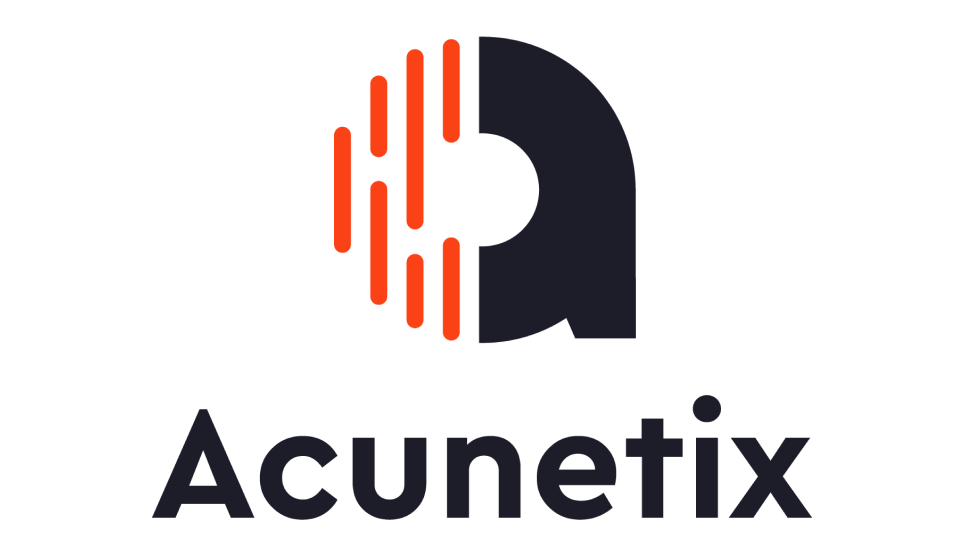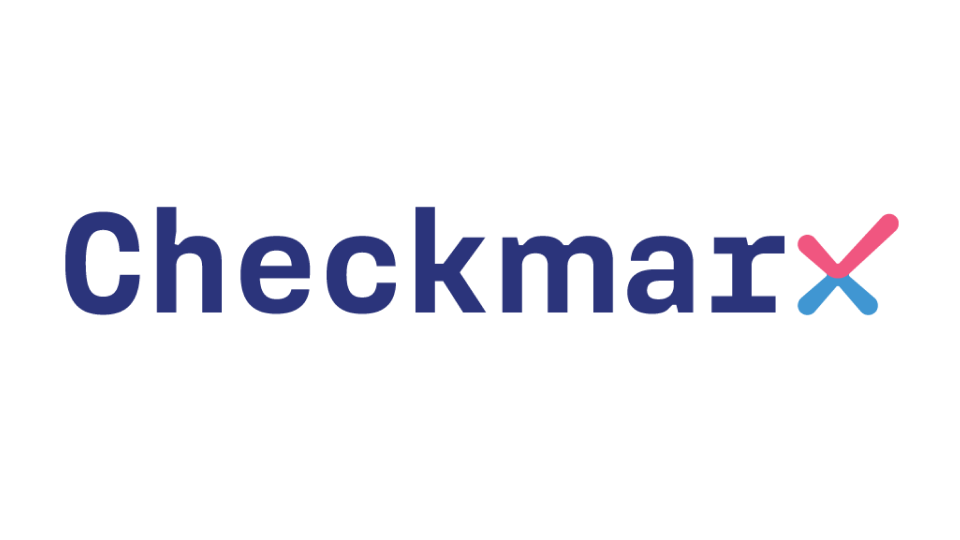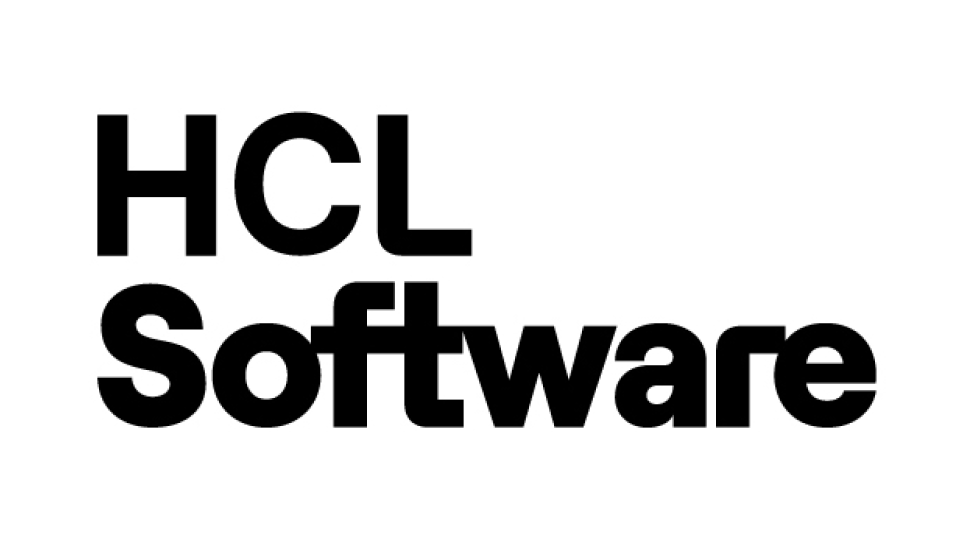Everything You Need To Know About Interactive Application Security Testing (IAST) Tools (FAQs)
What Is Interactive Application Security Testing (IAST)?
Interactive Application Security Testing (IAST), also known as “grey-box testing”, is the process of testing an application or API for vulnerabilities in real time, while the app is being run by either a real user or an automated test runner that’s “interacting” with the app’s features and functionality. Most IAST solutions are designed to test web applications and APIs, rather than desktop or mobile applications.
Because IAST solutions analyze vulnerabilities in real-time, they can easily be integrated into a DevOps team’s CI/CD pipeline, without adding any extra time onto it. By carrying out IAST, DevOps teams can discover and fix any vulnerabilities before the app goes to market. This means that such vulnerabilities are much easier and less costly to fix. It also ensures that the application is secure before anyone actually deploys it—helping to prevent future users of the app from falling victim to potential data breaches.
What Are The Benefits Of Interactive Application Security Testing (IAST)?
Most traditional application security testing methods only test code from the outside, or they focus on static analysis—performing tests and scans on the app while it’s idle, rather than while it’s being run. However, testing an app from within and while it’s running—as IAST tools do—provides three main benefits:
- It enables DevOps teams to scan code that’s being used in production, helping to avoid false positives that may have already been addressed in another part of the code base
- Some IAST tools also come with integrated development environment (IDE) integrations, which enable DevOps teams to scan their code in development as well as in production; this enables them to “shift left” their security checks to an earlier stage in the development lifecycle, when issues are often easier and cheaper to fix
- IAST solutions are able to link vulnerability findings to the exact point in the source code where the vulnerability is, allowing for quick identification and remediation
However, IAST does also have some drawbacks. If an IAST solution doesn’t offer an IDE plugin, it can only test applications that have already been built. Additionally, IAST is programming language-dependent, so if your organization uses a less popular technology, it may not be compatible with an IAST tool.
Finally, IAST tools only scan code that’s actually executed during the test. This means that, if your tester forgets to test some functionality, the code behind that functionality may still have vulnerabilities in it when the code goes to market. To avoid this, we recommend deploying your IAST tool in a QA environment that runs automated, functional tests. This can help avoid human error and ensure that all of the app’s functionality is tested.
How Do IAST Tools Work?
IAST tools scan the code of an application as it’s being executed. At their core, IAST tools are built upon sensor modules, which keep track of an application’s behavior while the tester is interacting with it. These sensors have access to the code itself, data flows and control flows, system configuration data, back-end connection data, and any web components. If the IAST tool detects a vulnerability within any of these areas—such as potential for an SQL injection, API keys being hardcoded in cleartext, or unencrypted connections—it alerts the DevOps team so they can quickly locate and remediate it.
There are type ways of implementing IAST sensors: you can either use invasive sensors, or non-invasive sensors. Most IAST tools use invasive sensors, which require the developer to make changes to the source code (a process known as “instrumentation”) in order for the sensors to work. This means that the organization has to maintain two separate versions of their source code—one with sensors and one without—which can lead to organizational complexity.
Non-invasive sensors, on the other hand, are not places in the source code, so don’t require the source code to be modified for them to work. Instead, these sensors attach to the server-side runtime environment and analyze the code as it’s executed by the web server or application server.
There’s one more layer of complexity to IAST solution—just as there are two types of IAST sensor, there are also two types of IAST itself: active and passive IAST. Active IAST is often called “DAST-induced IAST”, because it requires a Dynamic Application Security Testing (DAST) tool to work. The DAST tool activates the IAST sensors (which, with active IAST, are usually invasive sensors) to validate vulnerabilities that are found during the DAST tool’s attack simulations, which are run by an application security analyst. This type of IAST provides very accurate results, but it cannot be automated and requires its own testing environment. Active IAST tools also often don’t collate IAST and DAST data. For these reasons, active IAST isn’t suitable for large-scale or fast-paced DevOps environments.
Passive IAST, also known as “self-sufficient IAST”, was created to overcome the obstacles presented by active IAST. Instead of running dedicated tests or simulated attacks, it leverages all forms of functional testing to collect vulnerability data. This means that passive IAST can be manual or automatic—making it well-suited to fast-paced DevOps environments.
What Features Should You Look For In An IAST Tool?
There are a few key features that you should look for in a strong IAST solution:
- A low false positive rate. Your IAST tool should only scan code that’s actually being used in production. This will help it to avoid false positives; some vulnerability scanning technologies scan code across different codebases, which opens up the opportunity for them to flag issues that have already been fixed elsewhere. By scanning code in production, your chosen IAST tool will only highlight genuine issues to you, helping save developer time and resources.
- Fast, automatic testing. Because IAST tools are usually used to test the security of applications that have already been built, it’s important that they’re able to scan large amount of code quickly. To enable this, you should look for a solution that provides automatic testing, with options to scan only new code or code that’s been edited since the last scan.
- Easy deployment. Your IAST solution should be ready to deploy out-of-the-box, with little to no need for custom configuration so that you can start scanning straight away. Deployment methods may include fully automated, manual, or Docker-based deployment.
- Real-time results. Your chosen IAST tool should provide feedback on any discovered vulnerabilities within seconds of finding them. This helps your developers to fix any issues quickly, so that your code is exposed to those vulnerabilities for as little time as possible.
- Vulnerability location pinpointing. IAST solutions have access to the application’s code, runtime control and data flow, memory and stack trace information, HTTP actions, and use of libraries and frameworks, they can pinpoint the exact source of any vulnerabilities they identify. The best IAST tools feed this information back to the developers so that they can locate and remediate the issue more quickly.
- CI/CD integration. Your IAST tool should integrate easily with your CI/CD tools, including standard build, test, QA, and bug tracking tools, without you having to spend lots of time configuring it or tuning it to reduce false positives. Depending on your specific use case, you may also wish to look for a solution that offers web APIs that enable you to integrate it into enterprise-specific tools, such as Jenkins builds.
- Compatibility with your application’s architecture. Your chosen solution should be able to support the architecture your application is built on, be it microservices-based, cloud-based, or standard architecture. If your application uses microservices, you should look for an IAST tool that allows API testing to ensure the security of those connections.
- Compatibility with multiple testing methods. Finally, your chosen IAST tool should be compatible with automated testing methods, manual QA/dev tests, unit testing, web crawlers, and any other testing methods you use.














